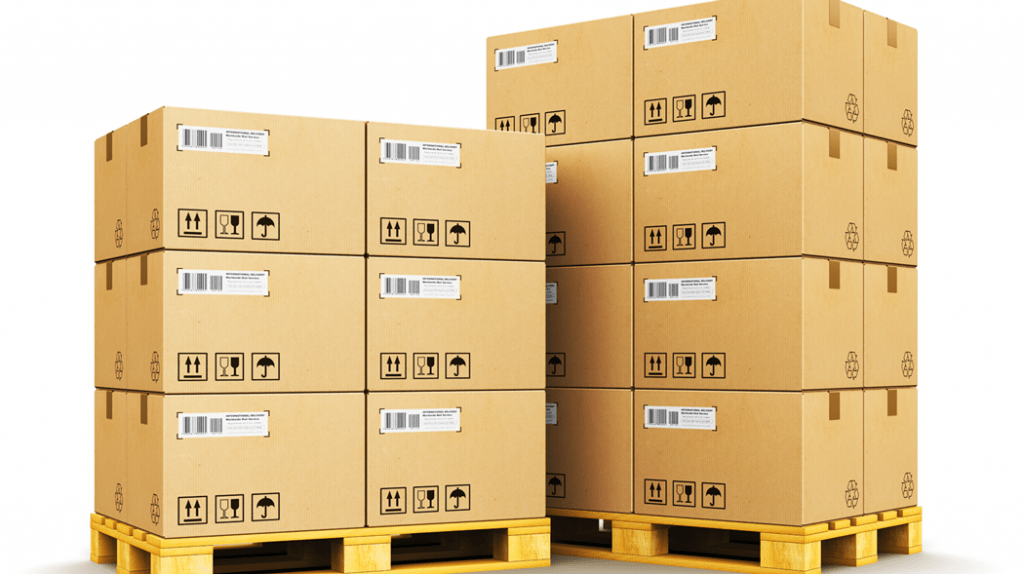
Too often, we focus on the type of transportation used to ship a package or the brand-new technology we can employ to get a package from here to there. New developments occur every day within the shipping industry, and businesses are eager to find the next low-cost, super-fast way to ship. That is why it is important for businesses to get an instant freight quote to see what is available and if it will work with their business dynamics.
However, what we should be most concerned with isn’t cost or speed; it’s how to keep the package totally and completely safe. Regardless of whether a business sells fragile, flimsy glass sculptures or squishy, stable clothing, it should be their primary goal to ensure products reach customers in one piece.
To best protect their products, businesses need to understand what their products undergo during transportation. Here’s a quick rundown of what treatment a package being shipped should expect:
Shock
Specifically, shock is sudden acceleration. Unlike vibration, which is a relatively subtle force on a package over time, shock tends to be an acute issue that occurs when the package is mishandled. In shipping, shock is often caused by drops, but other types of impacts — from other packages or the walls of the shipping vehicle — can also cause problems. Usually, shippers don’t go out of their way to cause shock to their freight, but it is the unpredictability of shock that should spur businesses to take action against it.
There are two varieties of protection against shock in shipments: blocking and void filling. Blocking solutions aim to immobilize products between cushioning materials, so there is little space for products to move when a shock occurs. Businesses might consider pads of paper or air to service this purpose. Meanwhile, the goal of void fill is to completely fill the space around products, leaving absolutely no opportunity for products to shift. Loose fill (like packing peanuts or crinkle paper) and foam-in-place (which creates like a mold around a product) are the primary options for stopping shock in this way.
Vibration
In shipping, vibration occurs almost constantly. Humming vehicle engines, conveyor belts and other mechanized tools in shipping produce all ranges of frequencies that cause boxes and the objects within them to vibrate. Damage occurs when those frequencies match the natural frequency of the object, which causes the object to resonate — or literally shake itself apart.
Unfortunately, it is impossible to eliminate vibration during shipping; even if ships, planes and trucks are replaced by drones or some unimaginable shipping vehicle, vibration will almost certainly remain. Fortunately, there are a number of ways to protect against the harmful effects of vibration.
One way is for businesses to know the natural frequencies of their products — or the components within their products — and take steps to prevent those frequencies from resonating during shipping. It is possible to test for natural frequencies and to use vibration monitoring services to understand what vibrations occur during the shipping process.
Businesses should also test the frequencies of their shipping materials, to include the box and any void fill used to protect their products, as exciting these components can also be disastrous. Worse, shipping materials can amplify frequencies, worsening the vibration on delicate products. Thus, no element of a shipped package can be taken for granted when attempting to limit the effects of vibration.
Pressure
For most products, atmospheric pressure presents little concern during shipping; most objects are built to withstand the relatively minor fluctuations in pressure around the globe, so they remain unmoved by it during shipping. However, some products do experience massive changes at different pressures. Most people are familiar with how sealed bags of chips can inflate at certain altitudes. To prevent costly explosions, businesses should measure the standard atmospheric pressure of the locations through which their products will travel and make accommodations for any changes in their product and shipping package design.
Temperature
As is true with pressure, so is true with temperature. The majority of shipping containers do not regulate their temperature, so packages are subject to whatever temperatures exist in the regions through which they travel. Temperatures can vary more dramatically than atmospheric pressure, so businesses that produce products sensitive to temp might consider utilizing shipping services with temperature control. That way, products will not be affected by temperature whatsoever.
A package does not have it easy. From the beginning of the shipping process to the very end, packages undergo sometimes extreme amounts of stress. It’s vital that businesses understand what dangers shipping entails and take steps to protect their shipped products appropriately.
This is an article provided by our partners network. It might not necessarily reflect the views or opinions of our editorial team and management.
Contributed content

IntelligentHQ Your New Business Network.
IntelligentHQ is a Business network and an expert source for finance, capital markets and intelligence for thousands of global business professionals, startups, and companies.
We exist at the point of intersection between technology, social media, finance and innovation.
IntelligentHQ leverages innovation and scale of social digital technology, analytics, news and distribution to create an unparalleled, full digital medium and social business network spectrum.
IntelligentHQ is working hard, to become a trusted, and indispensable source of business news and analytics, within financial services and its associated supply chains and ecosystems.










